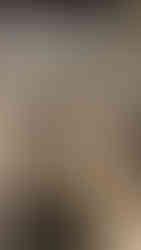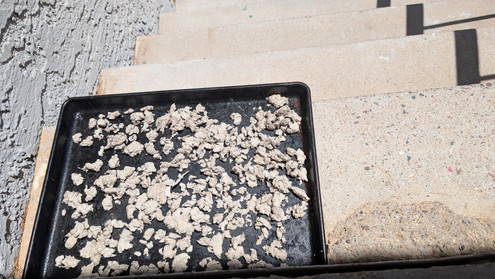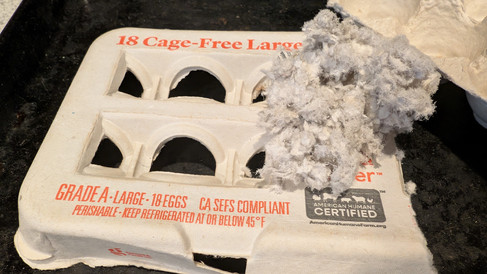Creating the Perfect DIY Substrate: My Egg Carton Adventure with Paper Pulp
- Brittany
- Aug 25
- 3 min read
Are you ready to unleash your creativity while being environmentally friendly? Crafting your own substrate can be a fun and fulfilling project. Recently, I turned a pile of everyday materials into a unique substrate that enhances my DIY projects. With just a blender, some paper products, and a bit of patience, I was able to transform common items into something extraordinary. Join me on this journey as I share the process of making a substrate using egg cartons and various types of paper.
The Materials: What You’ll Need
Before we dive into the fun part, let's gather our materials. For this DIY substrate, I collected several types of paper:
Newspaper
Packing paper
Brown paper
Glossy magazine paper
Egg cartons
Each type contributes its own texture and properties, but I discovered that egg cartons were especially effective. You will also need water, a blender, a strainer, and baking sheets for drying. If you have many egg cartons lying around, you're in luck! They provide an ideal texture without needing to be blended with water.
Blending the Papers
The journey begins with blending the different papers. I tore them into small pieces and soaked them in water for about 30 minutes. This step is vital; soaking breaks down the fibers, making them easier to blend.
Once the paper was soaked, I placed it in the blender. The glossy magazine paper added a sleek sheen, while the brown paper contributed a more organic feel. Egg cartons were the real highlight; I blended them dry, and to my surprise, they created a perfect texture on their own. In fact, egg cartons can reduce blending time by up to 50 percent!

Straining and Chunking
Next, it was time to strain the pulp. I poured the mixture through a strainer, squeezing out any excess water. Ensuring the pulp isn’t too watery is key; a watery mix can lead to issues during drying.
After straining, I separated the pulp into small, roughly one-centimeter chunks. This is where the real magic takes place! Creating smaller pieces will improve the texture of the substrate when mixed with plaster.
Drying in the Arizona Heat
Now came the waiting game. I spread the chunks outside to dry in the blazing Arizona sun. Even with the temperatures reaching 112 degrees Fahrenheit, it took an entire day for them to dry completely. During that week, I worked in batches and successfully dried enough paper to create a substantial amount of substrate.
If you live in a similar warm climate, take advantage of the heat! But if it's colder, try to find an indoor space or use a dehydrator to expedite the drying process.
The Final Blend
Once the chunks were fully dry, I returned to the blender for the final blend. This time, I blended without adding any water. The result? A mix of paper chunks and flakes – the driving force behind a rocky, natural terrain for my substrate.
This step is vital for achieving a varied texture, which can elevate the appearance of your project significantly. The diverse paper types create a blend that is both functional and visually striking.
Tips for Success
If you’re thinking about making your own DIY substrate, here are some helpful tips:
Egg Cartons are Key: If you have an abundance of egg cartons, use them! They contribute excellent texture and can save you a lot of blending time.
Work in Batches: Don’t blend everything at once. Smaller batches make the task more manageable and ensure a better quality blend.
Drying Space: Ensure you have enough room to spread out your paper chunks. If there’s limited space, cardboard or other flat surfaces can work just as well.
Experiment with Textures: Feel free to mix different paper types. Each brings its own unique character to the substrate, so play around with combinations!
Patience is Key: Drying can take time, especially in humid places. Rushing this step can compromise the quality, so be patient.
Wrapping Up
Creating your own DIY substrate is not only enjoyable but also eco-friendly and rewarding. By using everyday materials like paper and egg cartons, you can craft something uniquely suited for your creative projects.
Whether you’re designing a model, a diorama, or any other artistic endeavor, this homemade substrate will offer a solid foundation. So gather your materials, fire up that blender, and dive into your own egg carton adventure! Happy crafting!





















Comments